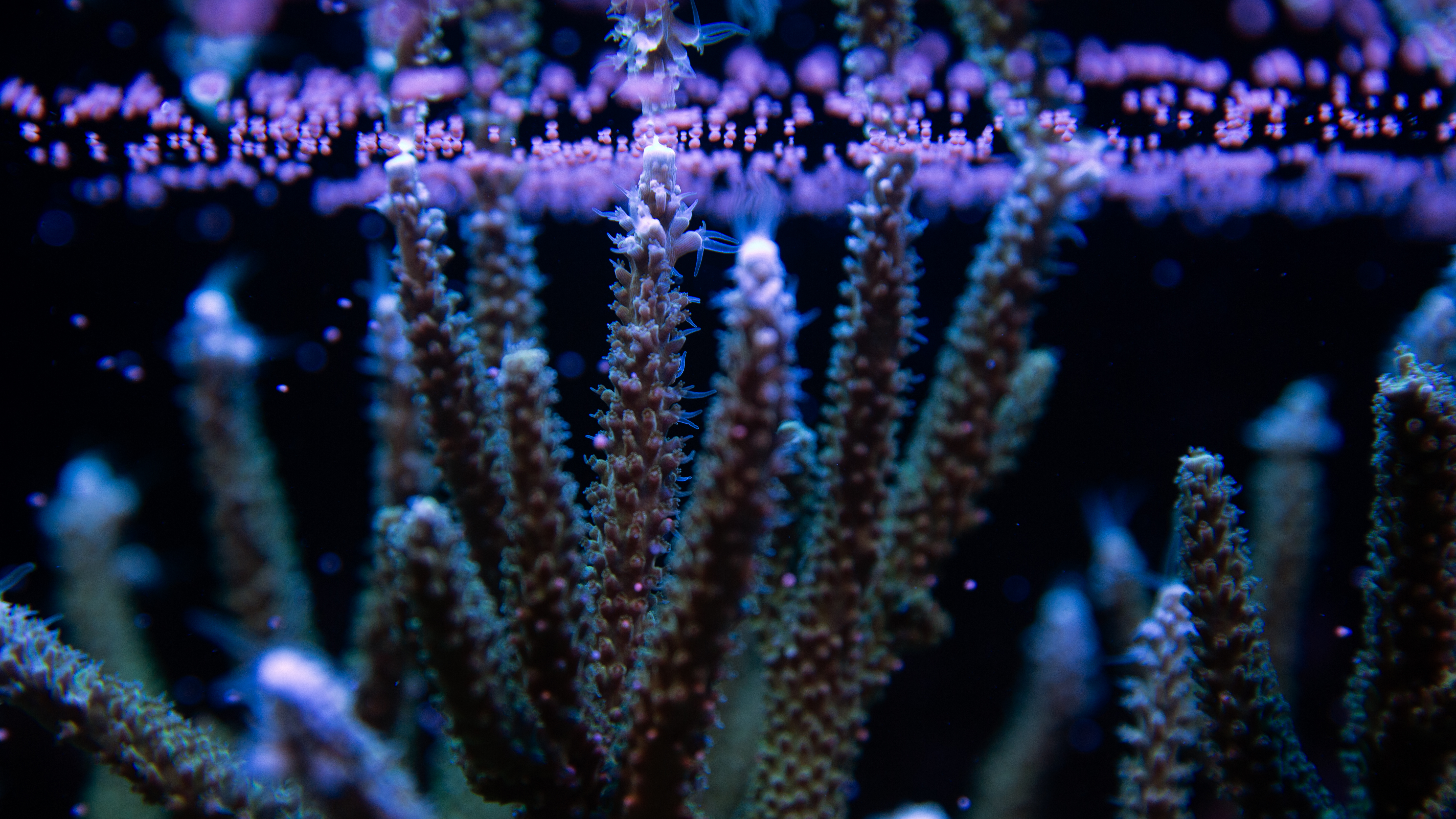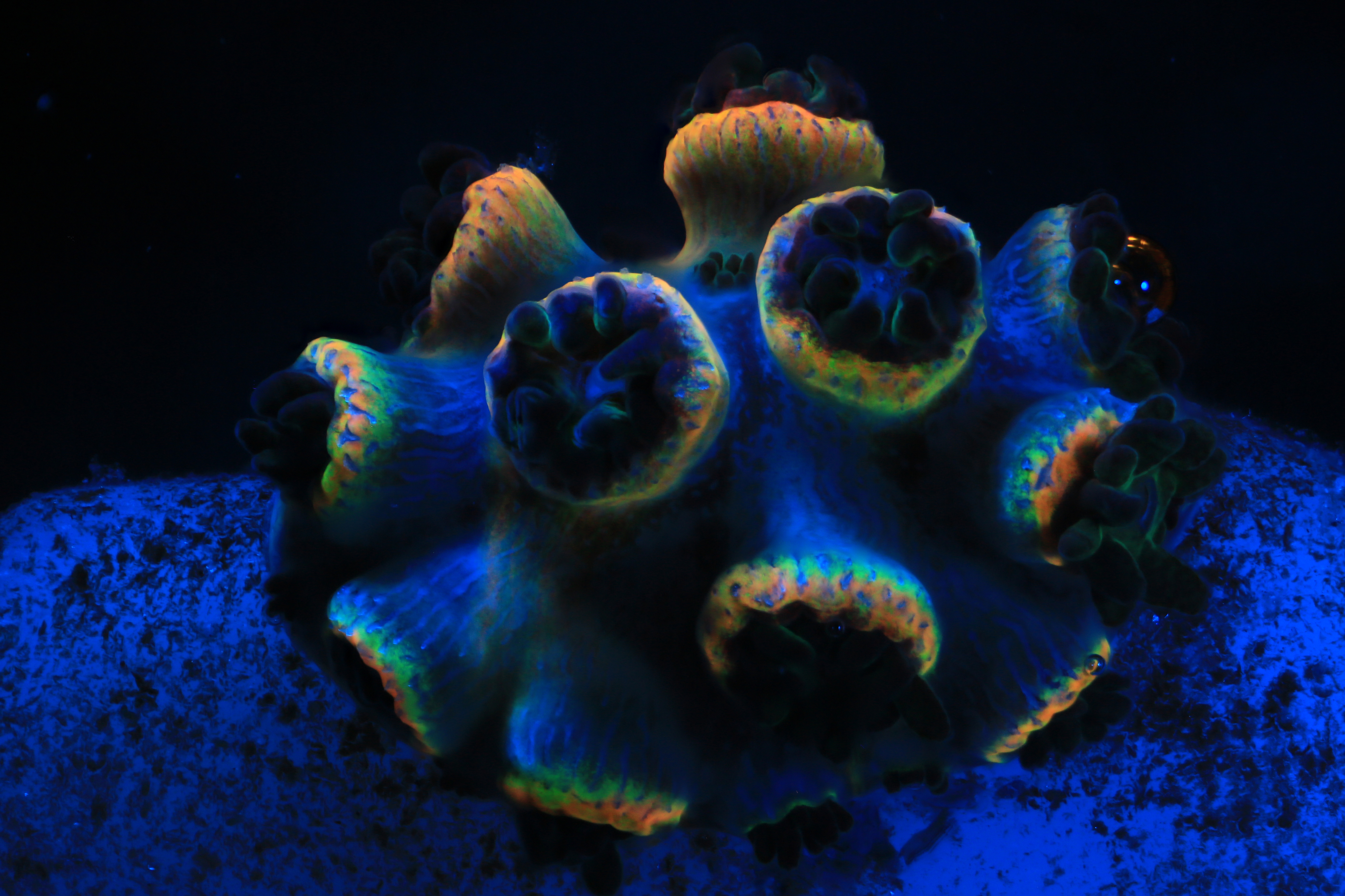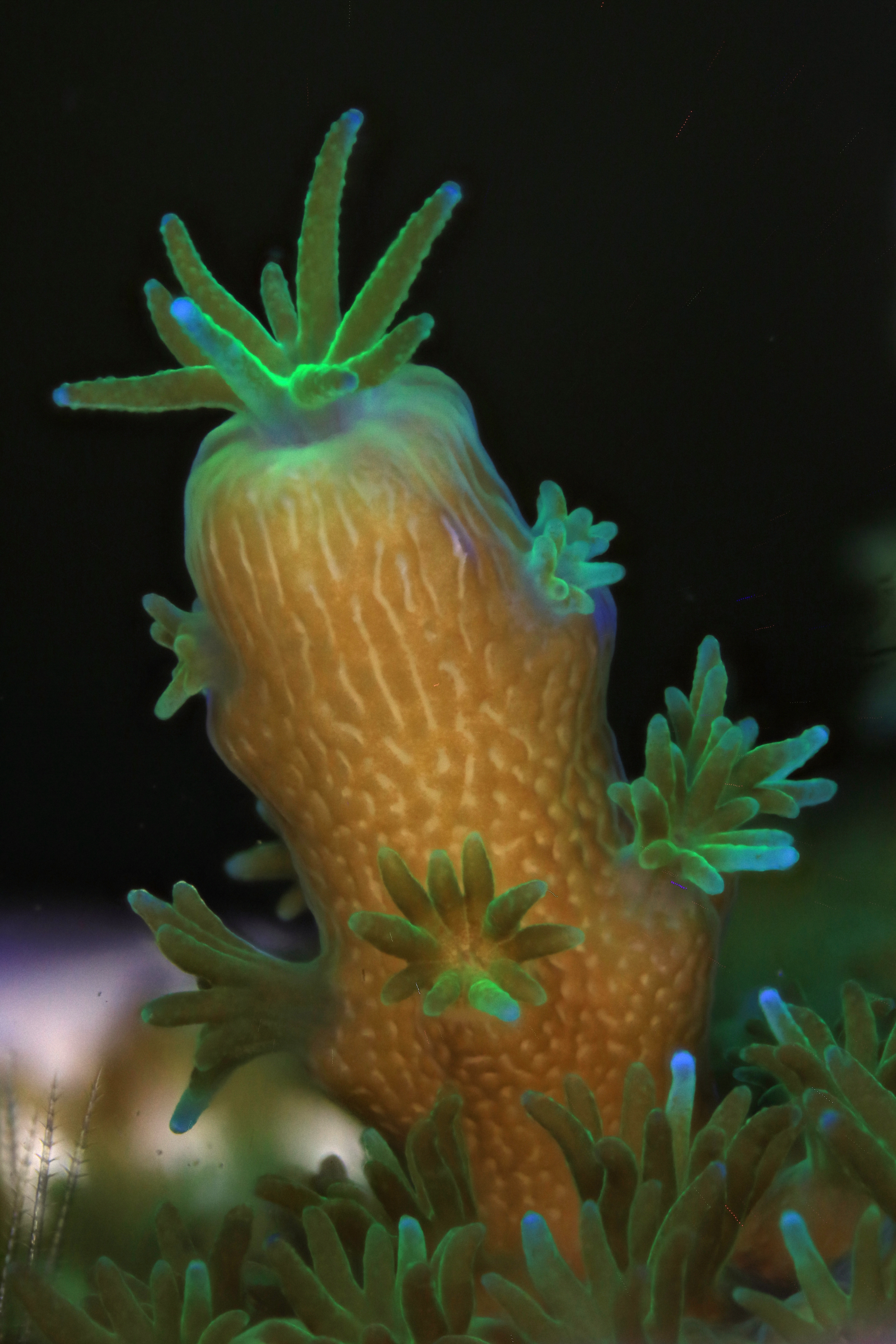In a mirrorless world, Canon DSLRs are capturing cutting-edge science under the ocean
Canon’s DSLR cameras and macro lenses become tools for science and storytelling in the Western Indian Ocean’s first coral breeding lab
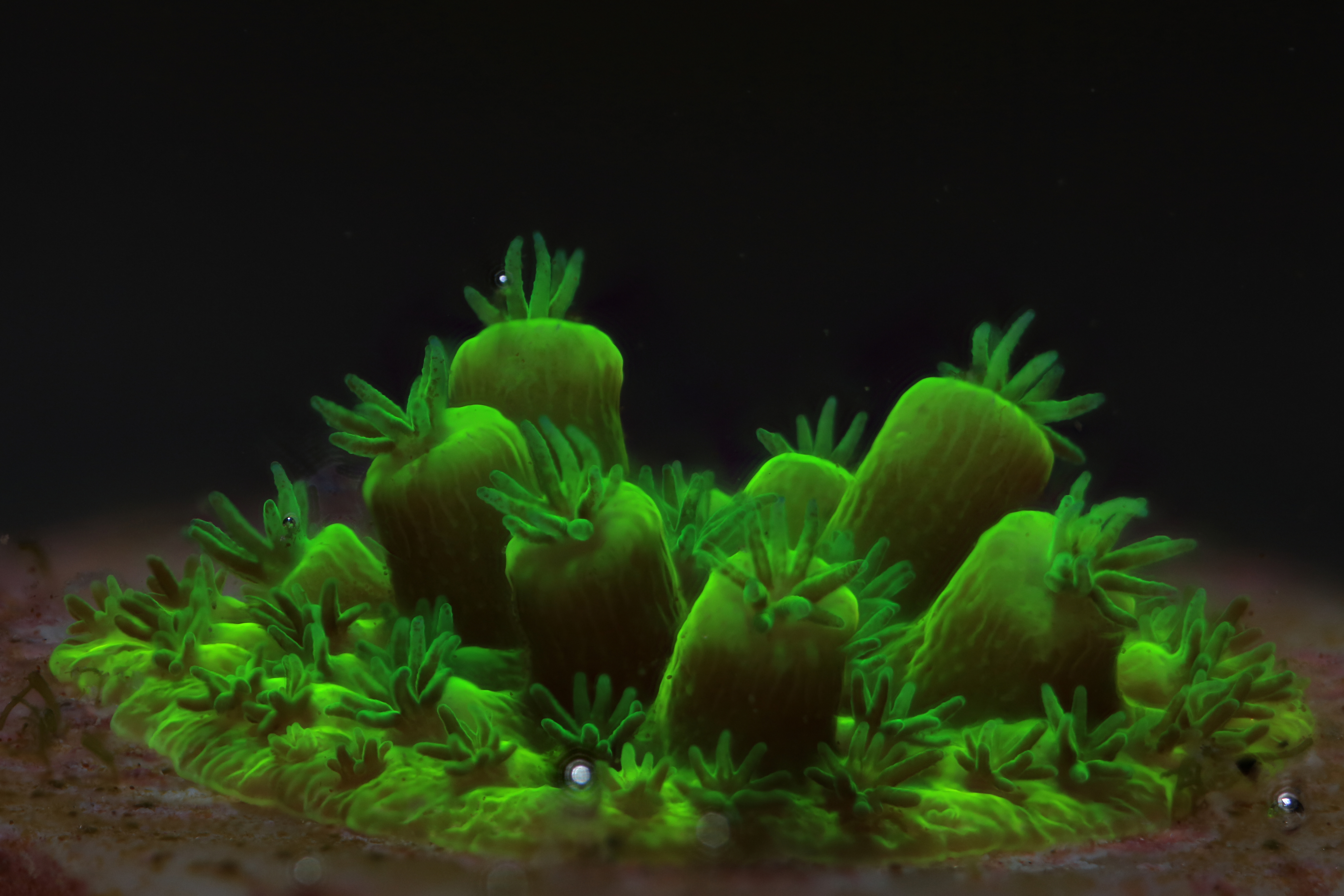
In a compelling intersection of conservation and cutting-edge imaging, Canon has announced a unique partnership with Nature Seychelles and the Coral Spawning Lab (CSL) to restore coral reefs in the Seychelles.
This initiative marks the establishment of the first coral breeding lab of its kind in the Western Indian Ocean, where Canon’s imaging gear plays a starring role. The project aims to protect one of the planet’s most fragile ecosystems by using imaging not just for documentation, but as a tool for scientific discovery.
Canon has supplied a range of professional imaging tools to the project, including the EOS R5 mirrorless system, the workhorse EOS 5D Mark III DSLR, and a suite of lenses such as the 100mm Macro, MP-E 65mm, and RF 24–105mm.
While the photography world has largely shifted its gaze toward mirrorless innovation, this collaboration highlights that DSLRs still play a critical role, especially in scientific imaging, where rugged reliability, precise manual control, and proven optical performance remain essential.
Canon is also providing financial support for the facility, which will enhance Nature Seychelles’ existing land-based coral aquaculture program, known as the Assisted Recovery of Corals (ARC) facility. Unlike traditional coral gardening, which replicates genetically identical coral fragments, this initiative focuses on breeding genetically diverse coral colonies that can better survive climate stressors like ocean warming and bleaching events.
"Currently, we're essentially cloning corals, creating reefs of genetically identical species," said Dr Nirmal Shah, CEO of Nature Seychelles.
"Evolution thrives on diversity – the strong, the weak, the healthy, and everything in between. To build truly resilient reefs, we need to embrace true diversity. Canon's partnership, alongside Coral Spawning Lab’s expertise, allows us to do just that, by enabling us to breed corals and create a genetic bank of resilient species. Canon's technology will also allow us to unlock the secrets of coral reproduction, leading to more effective conservation strategies and, ultimately, inspiring true change in how we protect and regenerate these vital ecosystems."
The best camera deals, reviews, product advice, and unmissable photography news, direct to your inbox!
The new facility will also act as a research hub, powered by imaging. From photomicrography to time-lapse videography, Canon’s kit enables researchers to track coral reproductive timing, post-settlement growth, and survival rates with a level of precision previously unavailable in the region. That imaging output is central to the project’s impact, both in terms of science and public engagement.
For Canon, the collaboration aligns closely with its wider environmental mission. The company has been increasingly integrating its imaging technology into conservation efforts globally, from ground-based photography to satellite monitoring.
"Our partnership with Nature Seychelles and the Coral Spawning Lab in this innovative effort to protect the Seychelles' vital coral reefs, demonstrates our commitment to biodiversity," said Peter Bragg, Sustainability and Government Affairs Director at Canon EMEA.
"The power of our imaging technology and expertise can play a significant role in building a more sustainable future for small island nations facing the challenges of climate change. By providing the tools to see, understand, and share the story of coral reefs, we hope to empower communities and raise awareness to protect these vital ecosystems for generations to come."
Healthy coral reefs are essential to the Seychelles' tourism, fisheries, biodiversity, and coastline protection. This project offers a model for how advanced imaging technology, originally developed for art, journalism, and creative industries, can be repurposed as a vital tool in the fight against biodiversity loss.
You might also like
Check out our latest guides on the best Canon cameras and the best Canon lenses.
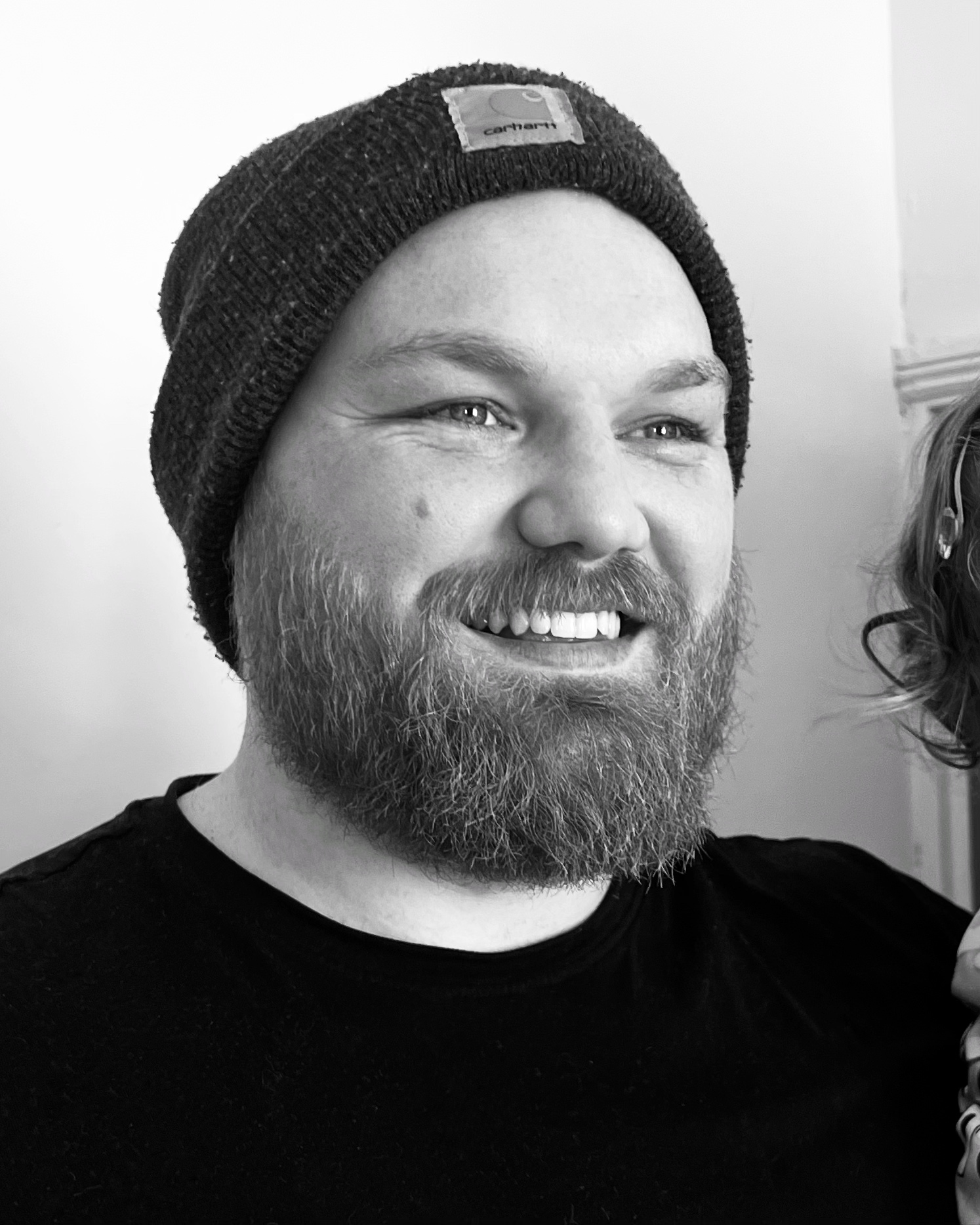
Kalum is a photographer, photo editor, and writer with over a decade of experience in visual storytelling. With a strong focus on photography books, curation, and editing, he blends a deep understanding of both contemporary and historical works.
Alongside his creative projects, Kalum writes about photography and filmmaking, interviewing industry professionals, showcasing emerging talent, and offering in-depth analysis of the art form. His work highlights the power of visual storytelling.
You must confirm your public display name before commenting
Please logout and then login again, you will then be prompted to enter your display name.
